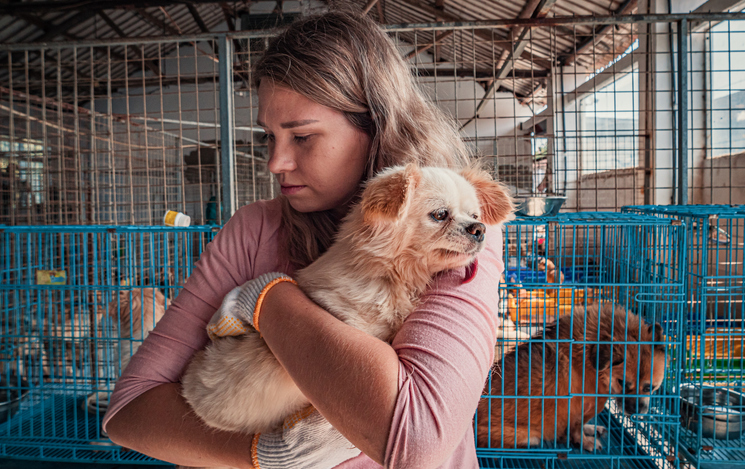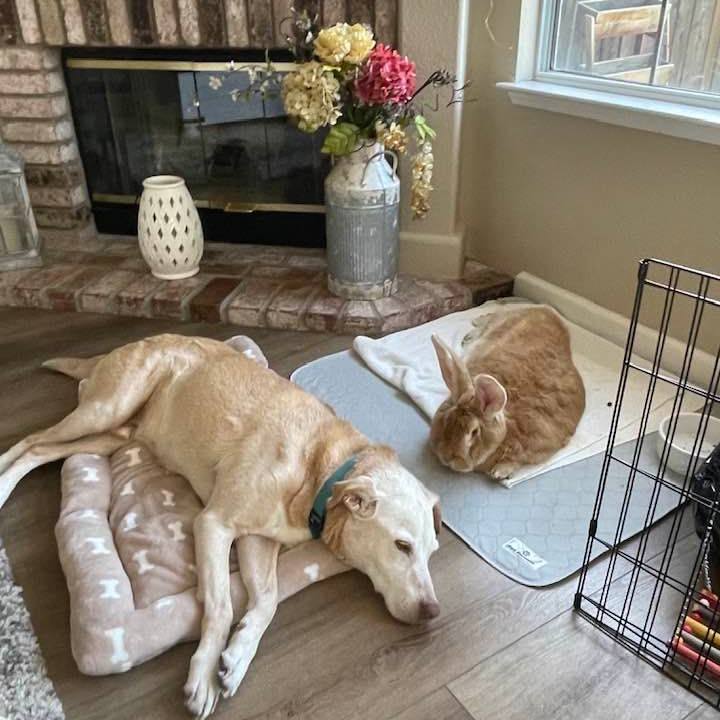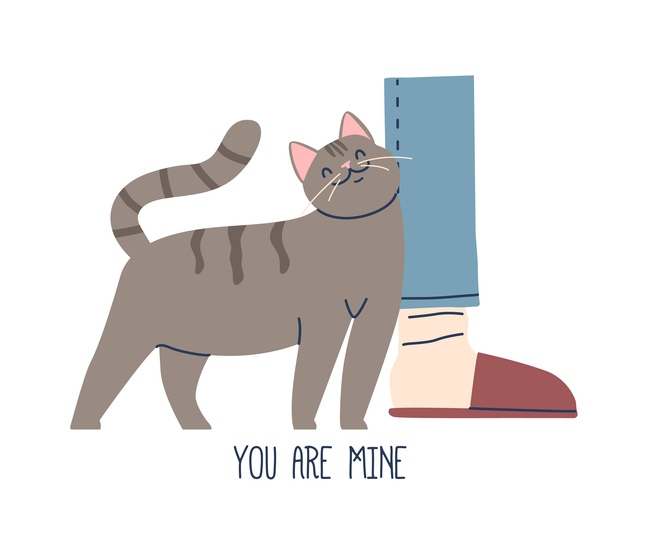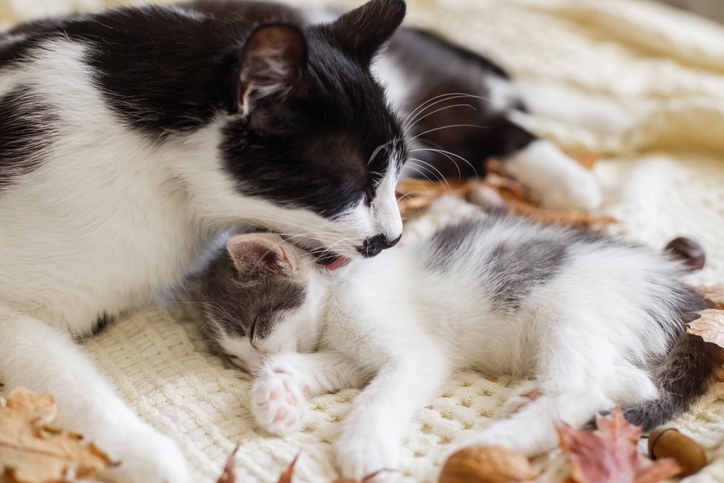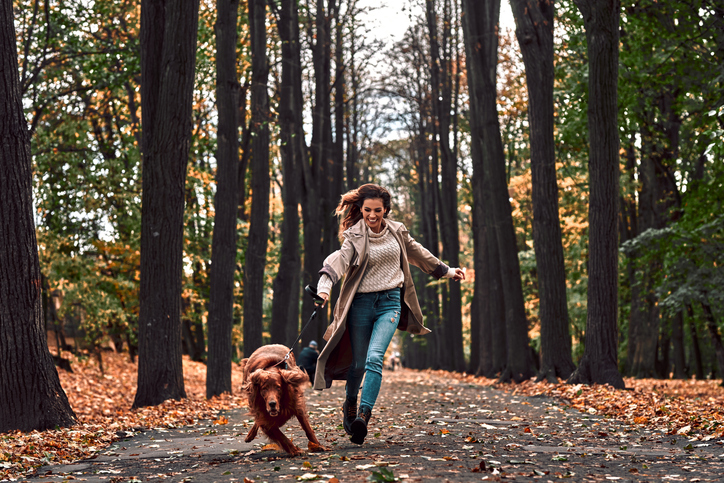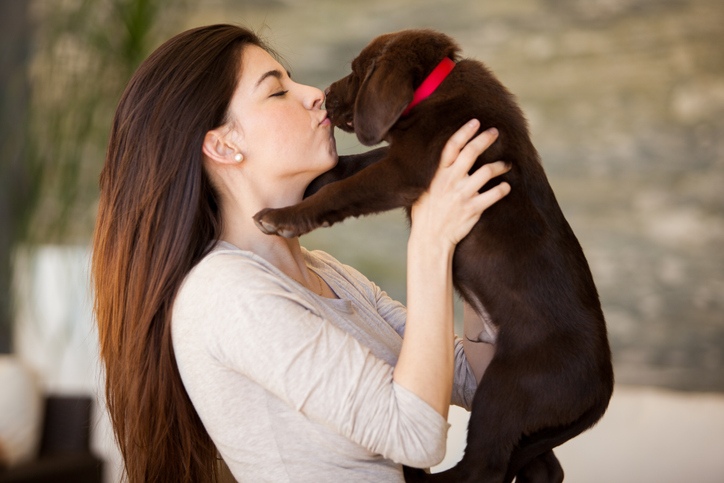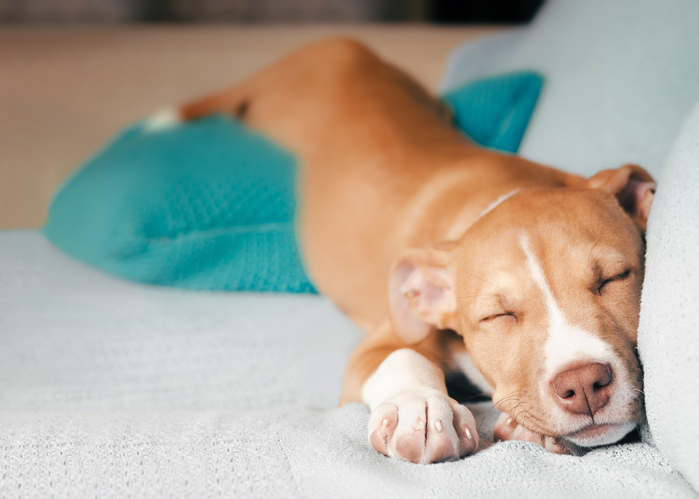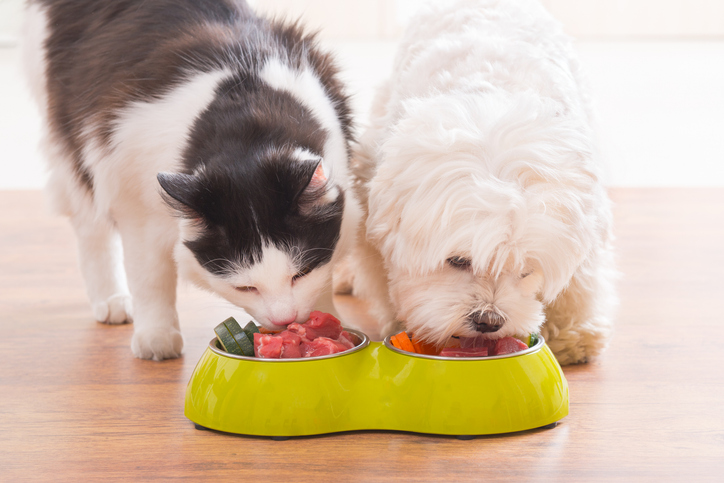
In recent years, there has been a significant shift in the way pet owners approach feeding their dogs and cats. More and more, people are opting for homemade pet food over commercially produced kibble or canned options.
This trend has grown in popularity due to various factors such as concerns about pet health, a desire for transparency in ingredients, and the increasing awareness of the potential risks associated with mass-produced pet food.
With an emphasis on nutrition, quality control, and personalized diets, homemade dog food has become a preferred choice for many pet owners seeking the best for their furry companions.
Health Concerns and Quality Control
One of the primary drivers of the popularity of homemade dog food is the growing awareness of the potential risks associated with commercial dog and cat food. While many high-quality brands exist, there have been instances of recalls, contamination, and the discovery of harmful ingredients in mass-produced pet foods.
These issues have led to a shift in trust, with many pet owners now preferring to control what goes into their animals’ meals. Homemade pet food provides an opportunity to choose fresh, natural ingredients that can be tailored to the dogs’ and cats’ specific health needs.
Additionally, some commercial dog and cat food products are filled with fillers, artificial additives, and low-quality meats that may not be ideal for a pet’s health.
Homemade meals allow pet owners to focus on high-quality proteins, fresh vegetables, and wholesome grains, reducing the risk of exposure to undesirable ingredients.
With the rise of dietary concerns such as obesity, allergies, and sensitivities in animals, many pet owners feel more comfortable preparing their own food to ensure their dogs and cats are receiving a well-balanced and nutritious diet.
Personalized Nutrition
Another factor contributing to the popularity of homemade pet food is the ability to customize meals based on the specific needs of individual dogs and cats. Each animal is unique, with different dietary requirements depending on factors such as age, breed, size, activity level, and any medical conditions.
Homemade pet food allows pet owners to create personalized meals that meet their pet’s specific nutritional needs, ensuring optimal health.
For example, senior dogs and cats with joint issues may benefit from recipes that include ingredients like turmeric or fish oil, known for their anti-inflammatory properties.
Similarly, dogs or cats with sensitive stomachs or food allergies can avoid triggering ingredients, such as grains, dairy, or common meat allergens, by creating customized meals at home.
For active dogs or working breeds, owners can focus on high-protein meals to support muscle growth and energy levels.
This level of personalization is difficult to achieve with pre-packaged pet food, making homemade options an attractive alternative.
Transparency and Control Over Ingredients
Pet owners are becoming increasingly conscious of the ingredients in the products they buy, and this extends to dog and cat food as well.
Homemade pet food offers transparency and control that commercial pet food simply cannot provide. With homemade meals, pet owners can choose organic, non-GMO ingredients, ensuring that their dogs and cats are eating food that aligns with their values and preferences.
Additionally, by cooking their pet’s food at home, owners can avoid any unwanted surprises and know exactly what their pets are consuming, which builds trust and confidence in the meals they provide.
The Growing Popularity of Homemade Dog Food: A Trend Driven by Health and Quality
The popularity of homemade pet food is expected to continue growing as more pet owners seek healthier, safer, and more personalized options for their dogs and cats.
With an increasing focus on transparency, high-quality ingredients, and nutrition, homemade dog and cat food provides a viable and often superior alternative to traditional commercial pet food.
As the trend gains momentum, pet owners are embracing the opportunity to take control of their dog and cat’s diet and health, ensuring their beloved pets live longer, healthier lives.

